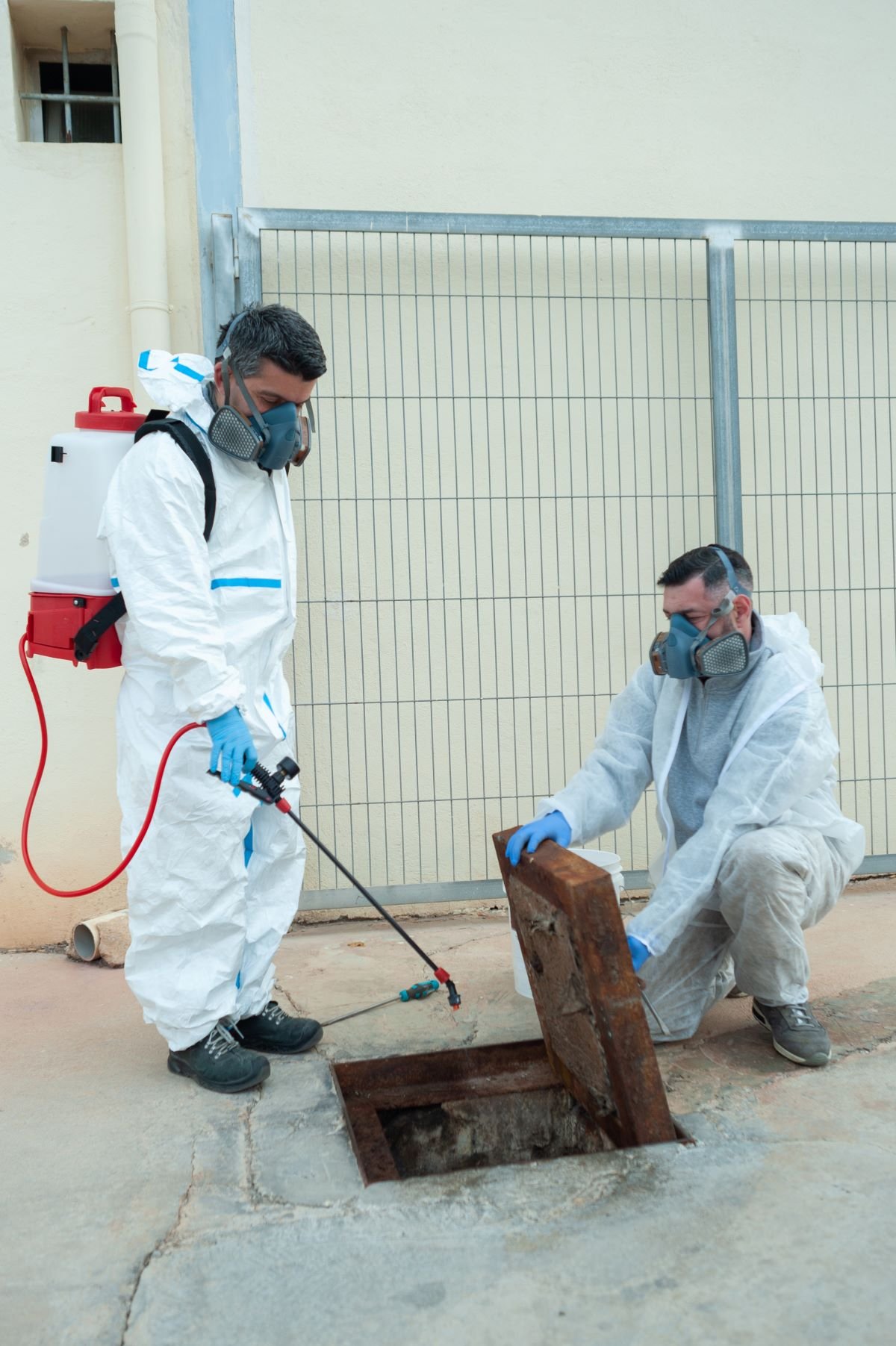Why Choose AR Pest Control for Ant Pest Control?
At AR Pest Control, we specialize in pest control for ants with a customer-first approach. Our experienced exterminators are equipped with advanced tools and eco-friendly solutions to tackle ant infestations in residential and commercial properties across Mississauga and the GTA.
Key Benefits of Our Services:
- Rapid response and reliable ant pest removal
- Customized ant control plans tailored to your property
- Eco-friendly and pet-safe ant extermination services
- Transparent pricing with no hidden costs
- Ongoing monitoring to ensure a long-term ant-free environment


Understanding Ant Pest Control
Ant pest control involves identifying, eliminating, and preventing ant infestations to protect your property and health. Ants can contaminate food, damage structures, and create unsanitary conditions. Our ant and insect control services combine targeted treatments and preventive measures to address infestations effectively.
How to Prevent Ant Infestations
Preventing ants starts with proactive steps to make your property less attractive to them:
Seal Entry Points:
Close gaps, cracks, and crevices around doors, windows, and foundations to block ant access.
Keep Surfaces Clean:
Regularly clean countertops, floors, and pantries to remove food crumbs and spills that attract ants.
Store Food Properly:
Use airtight containers for food storage to prevent ants from accessing it.
Manage Waste:
Empty trash bins frequently and use sealed bins to reduce ant attraction.
Professional Inspection:
Schedule a pest control ants inspection with AR Pest Control to identify vulnerabilities and implement tailored solutions.
AR Pest Control’s Ant Control Services
Our comprehensive ant pest control services are designed to eliminate ants and prevent future infestations. Here’s how we ensure your property remains ant-free:
Ant Inspection
Our ant exterminator Mississauga team conducts a detailed inspection to locate nests, trails, and entry points.
Targeted Treatments
We use safe, industry-leading treatments to eliminate ants at all life stages, ensuring complete ant pest removal.
Source Elimination
We identify and remove food sources, water leaks, and nesting sites to stop infestations at their root.
Barrier Protection
Our ant control experts apply barrier treatments around your property to prevent ants from returning.
Follow-Up Monitoring
We provide ongoing support and follow-up visits to maintain an ant-free environment.
How to Identify an Ant Problem
Recognizing the signs of an ant infestation is critical for timely action. Look for these indicators:

Visible Ant Trails:
Seeing ants marching in lines toward food or water sources.
Ant Nests:
Small piles of dirt or sand near cracks, indicating a nearby nest.
Food Contamination:
Finding ants in pantries, kitchens, or food storage areas.
Increased Activity:
Noticing ants in multiple areas of your home or business, especially in warm weather.
If you spot these signs, contact AR Pest Control for professional ant removal Mississauga services to address the issue promptly.
How to Remove Ants
Effective ant extermination services require a strategic approach to eliminate ants and prevent recurrence:
Inspection:
An inspection will reveal entry points, nests, and the extent of the infestation.
Baiting Systems:
Use targeted baits to attract and eliminate ant colonies at their source.
Direct Treatments:
Apply safe treatments to high-activity areas, such as trails and nesting sites.
Source Management:
Discourage ants by removing enticements including food spills, crumbs, and water leaks..
Professional Expertise:
Work with a licensed exterminator for ants like AR Pest Control for integrated pest management tailored to your needs..

Regional Ant Control Services
Expert commercial ant control and residential services are offered throughout the Greater Toronto Area (GTA), Toronto, and Mississauga by AR Pest Control. Our crew offers personalized ant pest management solutions for wherever you have ants: outside, house, office..
Coverage Areas
Ant Control Frequently Asked Questions (FAQs)
Q: How do I know if I have an ant infestation?
Look for visible ant trails, nests, food contamination, or increased ant activity in your property.
Q: Are your ant pest control methods safe for pets and children?
Yes, our ant pest control services use eco-friendly, pet- and child-safe solutions.
Q: How long does it take to eliminate an ant infestation?
Most infestations are resolved within a few visits, depending on the severity.
Q: Can I prevent ants without professional help?
Preventive measures can help, but professional pest control for ants ensures long-term results.
Q: Why choose AR Pest Control for ant control?
We are a licensed, customer-focused ant exterminator Mississauga team dedicated to delivering effective, lasting solutions.
Take Action Today
Contact AR Pest Control today for expert ants pest control Mississauga services. Let us help you achieve a pest-free environment with our reliable ant pest control solutions!
Get in Touch
AR Pest Control offers residential, commercial, industrial and large multi-unit residential clients with free written quotations without you having to wait days for a return call or an email. Contact us for a no obligation, no hassle, best price quote at (905) 670-7378
AR Pest Control
6355 Kennedy Road, Unit #1 Mississauga, ON L5T 2L5
Find Us on Map
Residential
905-670-7378
Toll Free
1-855-670-7378
Commercial
416-432-2900
Our Email
info@arpestcontrol.ca
Let's Talk About Your Needs
After we get some information from you, we’ll set up a time to discuss your pest control needs in further detail.












